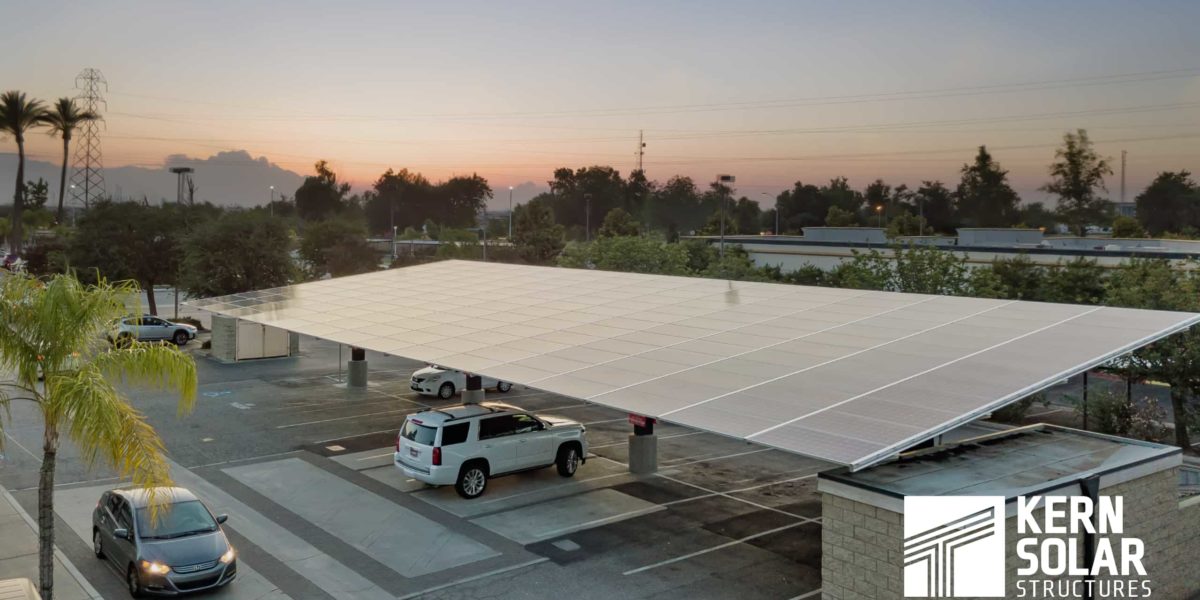Chint Energy is adjusting pricing due to tariff changes coming on October 1*:
- 8.8% for new orders placed after September 20th
- This surcharge will be reviewed month to month
- Surcharge magnitude depends on Tariff rules and CPS cost mitigation progress
- The surcharge will be eliminated as soon as possible
- Existing orders and those placed by September 20th for shipments by CPS America in 2019 will have no surcharge (ship from CPS America by December 31st)
- *Trump announces delay on next China tariff hike until Oct. 15
Source – Chint Power Systems (pdf) – USA Tariff Increase, CPS America Update Sept 5, 2019
If you’re putting metal in the dirt and it is supposed to last for decades on end – you better pay attention to the charts acidity charts out in the world and make sure you choose the right steel: “The X-Pile by Kern Solar Structure is a heavy-duty pile designed to withstand extremely corrosive soils. They’re coated with 20 mils of the company’s Envirolast 627 and have a corrosion rate of approximately 1 mil per year. When comparing to alternate piles such as galvanizing you can expect a service life of up to 30 years“. Source – Kern Solar Structures

sonnen energy storage adds more automation features – image above is a redition of the sonnen unit integrated into a solar+storage Utah apartment complex: “At CEDIA and SPI 2019, PanTech Design is unveiling the Adapt Energy Panel, an industrial-grade hardware solution that provides direct circuit breaker control. Another addition to the ecosystem is native integration with Curb® energy monitoring. Curb® brings real-time data on energy use at an individual circuit level directly in the Adapt Energy app. PanTech Design and sonnen will also be showcasing new scheduling functionality and native Nest® and Ecobee® setpoint control. These features enable homeowners to manage daily energy consumption by adjusting temperature to pre-cool the home and power down devices during peak demand times to reduce grid strain and enhance ecoLinx’s time-of-use functionality.” Already, sonnen is the smartest inverter on the market in my opinion. My evidence is found when you google the term “sonnen community” on pv magazine USA and see that for all practical purposes this company has been building distributed solar+storage power plants long before it was cool. Source – sonnen
Vikram Solar is launching three new modules in the USA with shipments starting in early 2020 – “The SOMERA Grand Ultima Max modules with 150 Mono PERC half-cells ranging from 405 to 425 Wp, have a 27-year linear power warranty, with shipment to the U.S. staring from January 2020. The SOMERA P-Duplex bifacial 72 cell frameless module ranges from 375 to 400 Wp. The modules have a 30-year linear power warranty, with shipments to the U.S. starting from January 2020. The SOMERA P-Duplex Bifacial 144 Half-Cell module with frame and transparent back sheet ranges from 390 to 420 Wp. The modules are backed by a 30-year linear power warranty, with shipments to the U.S. starting from March 2020. Equipped with Tedlar® based transparent backsheets, these low-weight modules can be easily installed with minimal changes to standard mounting methods“. Source – Vikram Solar
Solis is launching their utility scale inverter in the United States in early 2020 – “Designed for higher energy yield, the Solis 125kW offers unique advantages including:
- 33% higher DC string voltage than 1000V systems, resulting in higher energy density and lower installation costs
- 99.1% maximum efficiency — one of the highest in the market
- 20 DC inputs results in DC to AC ratios up to 150% for greater energy generation during lower irradiance conditions
- Optional AC combiner connects two-125kW units into a 250K system, substantially reducing AC cable costs.” Source – pv magazine
Those of you buying modules have the most accurate insight into what pricing and availability is, my opinion from various readings is that strong second half demand from China, the United States and elsewhere would be slightly overpowered by the continuing expanding of manufacturing lines toward 200 GW by the end of 2019, meaning slight downward pressure on pricing. As you can see below (click on tweet to see full list) – a few more ups than downs. The U.S. market sees a wide delta between 275/330W vs 310/370W products, with their pricing going separate ways.
https://twitter.com/PvInfolink/status/1171730038749745153
This content is protected by copyright and may not be reused. If you want to cooperate with us and would like to reuse some of our content, please contact: editors@pv-magazine.com.








By submitting this form you agree to pv magazine using your data for the purposes of publishing your comment.
Your personal data will only be disclosed or otherwise transmitted to third parties for the purposes of spam filtering or if this is necessary for technical maintenance of the website. Any other transfer to third parties will not take place unless this is justified on the basis of applicable data protection regulations or if pv magazine is legally obliged to do so.
You may revoke this consent at any time with effect for the future, in which case your personal data will be deleted immediately. Otherwise, your data will be deleted if pv magazine has processed your request or the purpose of data storage is fulfilled.
Further information on data privacy can be found in our Data Protection Policy.